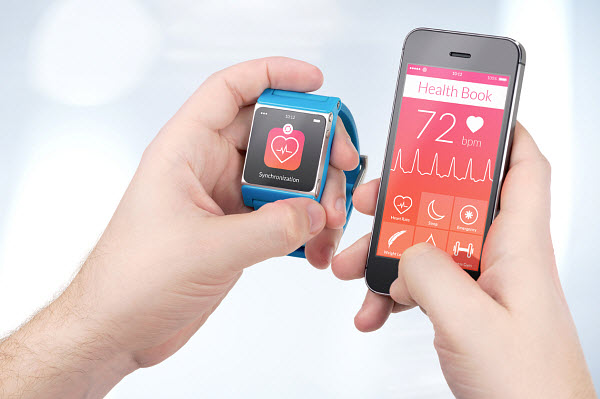Wearable devices are becoming more than just entertainment tools
When it comes to wearable technology, many people immediately associate this concept with entertainment or social networking in some way. Many wearable devices that are slated for release in the coming months and years are, indeed, designed with entertainment in mind, but not all technology is meant to be fun. A recent breakthrough in wireless technology could actually make wearable devices very important tools for those that are interested in managing their health and wellbeing.
A team of researchers from Stanford University have developed a new wireless charging technology called “mid-field wireless transfer.” This technique is capable of delivering electrical power to small devices, such as biometric sensors, pacemakers, nerve stimulators, and wearable devices that monitor health. Moreover, the technique can actually be used to power devices that are imbedded deep within the human body, making implanted sensors and other such devices viable for health care.
 The research team notes that its wireless energy transfer technique is so safe that it can be used to power devices embedded in livers, kidneys, hearts, and even brains. These devices can be used to simply monitor health information, such as the performance of kidney functions, or they can be used to treat serious illnesses or alleviate pain. These devices could also be less of a burden on their owners, as they would not require surgery to replace the batteries that are commonly used for current implanted devices.
The research team notes that its wireless energy transfer technique is so safe that it can be used to power devices embedded in livers, kidneys, hearts, and even brains. These devices can be used to simply monitor health information, such as the performance of kidney functions, or they can be used to treat serious illnesses or alleviate pain. These devices could also be less of a burden on their owners, as they would not require surgery to replace the batteries that are commonly used for current implanted devices.
Wearable technology is most often construed with entertainment because that is how many modern devices are developed. These devices may be serving as a stepping stone to a future where technology is a more fundamental part of human life than it already is, however. Wearable technology could lead the way to a new generation of integrated technology that could actually change the way people see and interact with the world around them in a way that is more profound than what can be achieved through a simple pair of augmented reality glasses.

